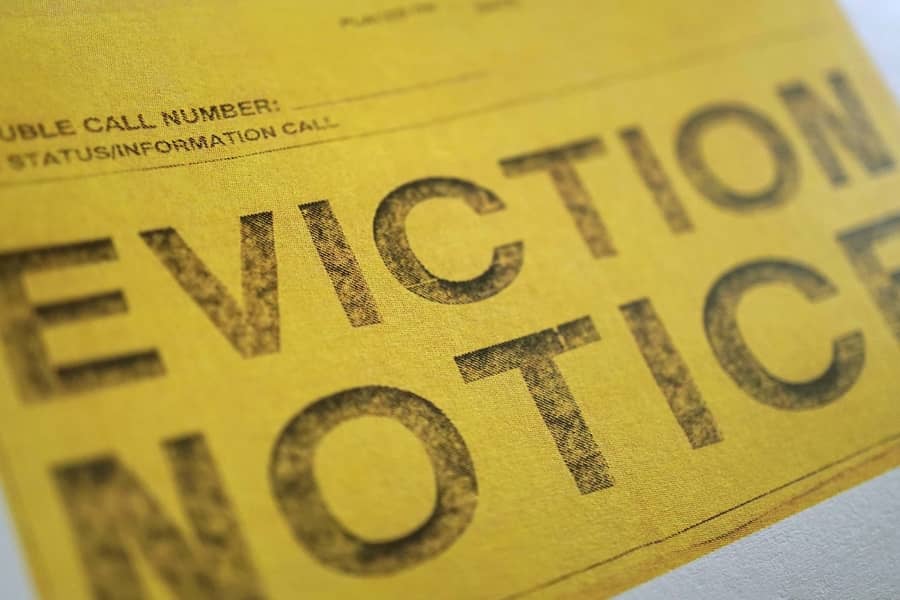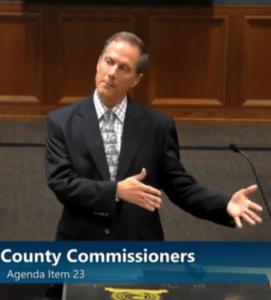Thrive
Emergency rental assistance programs close: What happens now?

For Bruce Bussey, Pinellas County – and by proxy, St. Petersburg – exhausting its emergency rental assistance funding is bittersweet, although probably more bitter than sweet.
Pinellas announced May 26 that its lifeline to struggling area renters closed to new applications. The program enjoyed a successful run, distributing over $48 million and assisting over 5,400 households since it launched in March 2021. On the other hand, Bussey, community development manager for the county, knows there are potentially thousands more residents in need, facing a problem that shows no signs of abating.
Bussey told the Catalyst that Pinellas, as of Thursday, held $4.4 million in federal emergency rental assistance (ERA) funding. However, the county is still processing about 2,000 applications, and it is unlikely that money is enough to accommodate everyone eligible.
“Based on our estimates, we probably got more applications now than we’ll be able to fund,” said Bussey. “We saw a pretty big uptick over the last couple of weeks.”
The State of Florida closed its rental assistance program on May 13, and Bussey said the county subsequently received an influx of new applications. Like Pinellas, Bussey said the state estimates it has more pending applications than money available and anticipates exhausting its funding before processing is complete.
The county’s rental assistance lasted longer than St. Petersburg’s.
Pinellas received nearly $46 million in ERA funds through the Consolidated Appropriation and American Rescue Plan Acts of 2021. St. Pete received just over $14 million through the pandemic-era emergency measures, which was gone by March. Throngs of residents continue to descend on City Hall to protest the lack of housing options and affordable rent.
In solidarity with its largest municipality, county officials agreed to share Pinellas’ funding with St. Pete during a March 8 commission meeting.
“The need has been within St. Petersburg,” said County Administrator Barry Burton during the meeting. “That’s where the demand has been.”

Bruce Bussey, community development manager, during a county commission meeting in March. While Bussey is thankful the county could help so many residents, he realizes many more will continue to struggle. Screengrab.
Bussey does not believe allowing the city to utilize county funding “exponentially” increased the depletion rate. While it certainly broadened the program’s scope, he said the two governments became more efficient and streamlined the application process. “I think that was probably a big part of it,” he added.
The ERA program lasted about as long as expected, Bussey said. Officials expected the money to last a year, and the county accepted applications for 14 months. However, he said that was more due to processing speed rather than community need.
“So, a little bit longer than anticipated,” he said. “There’s programmatic requirements – so the speed of the process is never quite as fast as you’d like it to be.”
Bussey explained that when Pinellas first launched the program, the first round of ERA funding was meant for those directly impacted by Covid. As the state of emergency lasted longer than expected, county officials realized the demand would also increase.
Then came the housing crunch over the last year. Politifact recently reported that the median rent in Tampa Bay is $2,114 per month, an annual increase of 30%. Bussey said that the number of residents seeking assistance is unsurprising, between the pandemic and soaring housing prices.
So, where does that leave those still in need?
The county prioritizes unprocessed applicants facing an active eviction and households making less than 50% of the area median income. The maximum length of assistance is 18 months, although Bussey said the average time is about four and a half months. The program is retroactive, meaning that if someone is behind on rent, they receive those payments in advance.
Bussey said the county gives no priority to new applicants over those who have already received assistance for several months.
“Now there is the possibility that some additional funds may be made available,” he said. “If other jurisdictions around the country haven’t spent all their dollars, then there’s a chance the county could apply for additional funding.
“I’m not overly optimistic that there will be a significant amount, but fingers crossed.”
Bussey said he feels torn when reflecting on the program. While he is grateful that the county could help so many people through a challenging time, he called it frustrating to watch rents continuously increase 14 months after its inception.
He hears the local horror stories daily and said the rapid price increases are “just so unsustainable.”
“In that sense, it’s kind of depressing to look forward,” said Bussey. “So many people are going to be struggling even more …”
For information on other county housing assistance programs, visit the website here.







